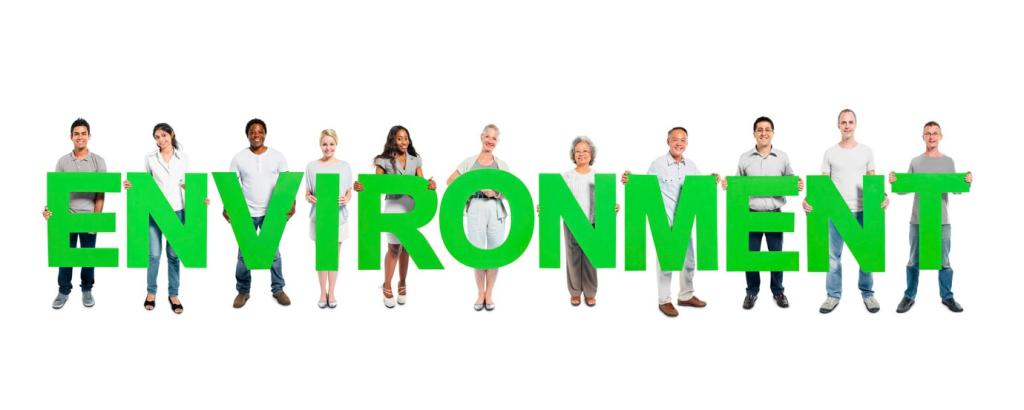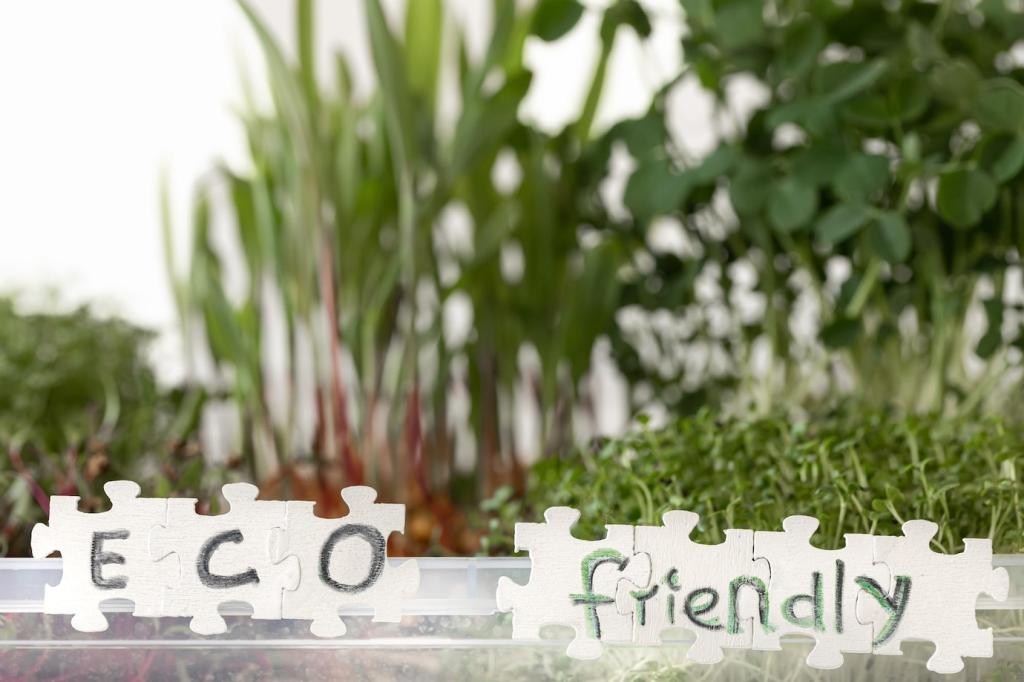Innovative EdTech Solutions for Green Learning
Chosen theme: Innovative EdTech Solutions for Green Learning. Explore how thoughtful technology can cut emissions, spark curiosity, and transform classrooms into living laboratories for sustainability. Join the conversation, share your school’s story, and subscribe for fresh ideas that turn climate literacy into daily learning.
Why EdTech Fuels Truly Green Learning
Picture students logging into a learning platform that opens with today’s solar production and energy use from the school’s microgrid. Math lessons use real kilowatt-hour data; science labs analyze indoor air quality from sensors; civics debates explore local climate policy. If your school tracks similar metrics, tell us what students discovered—and subscribe to follow classroom-tested practices.
Why EdTech Fuels Truly Green Learning
Replacing textbooks with tablets matters, but so do server efficiency, caching strategies, and renewable-powered hosting. Offline-first apps slash bandwidth, while eco-mode settings extend battery life and reduce charging cycles. Share how your team minimized digital overhead, from content compression to green CDNs, and comment with tools that made the biggest difference.
Why EdTech Fuels Truly Green Learning
When students see their actions reflected in live dashboards and project portfolios, sustainability shifts from abstract ideals to personal agency. EdTech platforms can celebrate small wins—bike-to-school streaks, food waste reductions, community tree maps. What motivated your learners most? Post your favorite example and invite peers to remix your approach.

Choosing Low-Power, High-Impact Hardware
Prioritize ARM-based laptops, e‑ink readers for heavy text courses, and rugged tablets with replaceable batteries. Pair with solar charging kits for outdoor learning days. A district in Rajasthan reported 30% fewer charging cycles after enabling dark mode and adaptive refresh. What tweaks saved you the most energy? Share your settings and tag a colleague.

Greener Clouds and Carbon-Aware Compute
Select platforms that disclose data center energy mix, offer carbon-aware scheduling, and support regional hosting to reduce data travel. Use lightweight content formats, edge caching, and progressive web apps to cut server calls. If your LMS vendor publishes a sustainability report, link it in the comments and tell us what you learned.

Procurement That Bakes In Sustainability
Adopt a checklist: repairability scores, modular parts, EPEAT ratings, recycled materials, extended warranties, and a certified refurbishment pipeline. Require APIs for interoperability to keep platforms longer. We’re compiling a community-sourced green procurement template—subscribe to get it first and contribute your must-have criteria.
Immersive Sustainability: AR, VR, and Virtual Labs
A Coral Reef Field Trip Without a Flight
Students don headsets—or use phone-based viewers—to explore a reef at dawn, watching parrotfish graze and divers clean sensors. A narrated overlay connects biodiversity to local coastal policies. Afterward, learners propose community actions in a shared doc. Tried this? Share which scenes sparked the biggest ‘wow’ and why.
Virtual Labs That Cut Waste, Not Rigor
Simulated chemistry lets students iterate safely on water testing, filtration, and pH balancing before running a single physical trial. Teachers report deeper hypothesis formation and fewer consumables. Pair with a small real-world validation step for tactile learning. Comment with your favorite virtual lab platform and tips for scaffolding reflection.
Designing for Access and Bandwidth
Offer tiered fidelity: 3D on capable devices, 360° video on mobiles, and interactive slides for low bandwidth. Pre-download assets, enable captions, and include multilingual glossaries. If you’ve built lightweight immersive lessons that still feel magical, describe your workflow so others can adapt it—and subscribe for upcoming templates.

Gamification and Digital Nudges That Change Habits
A secondary school split students into energy ‘houses’ competing to reduce classroom loads. Smart plugs fed a leaderboard, while weekly reflections tied choices to climate justice. The winning team designed a poster series about vampire power. Would this fly at your school? Share concerns, and we’ll gather answers from the community.
Gamification and Digital Nudges That Change Habits
Issue 5-minute tasks—calibrate a thermostat, audit backpack waste, swap a default search to an eco-friendly engine—then log results. Badges unlock peer feedback spaces and local expert AMAs. If you’ve run micro-challenges, what retention curve did you see after week two? Post your data snapshot to compare notes.



Empowering Educators and Student Agency

Offer micro-credentials in climate literacy, blended with coaching and classroom-ready, low-prep lessons. Host monthly ‘green tech clinics’ where educators bring challenges and leave with templates. If you’ve cracked the PD puzzle, describe your format and the single resource teachers loved most.
